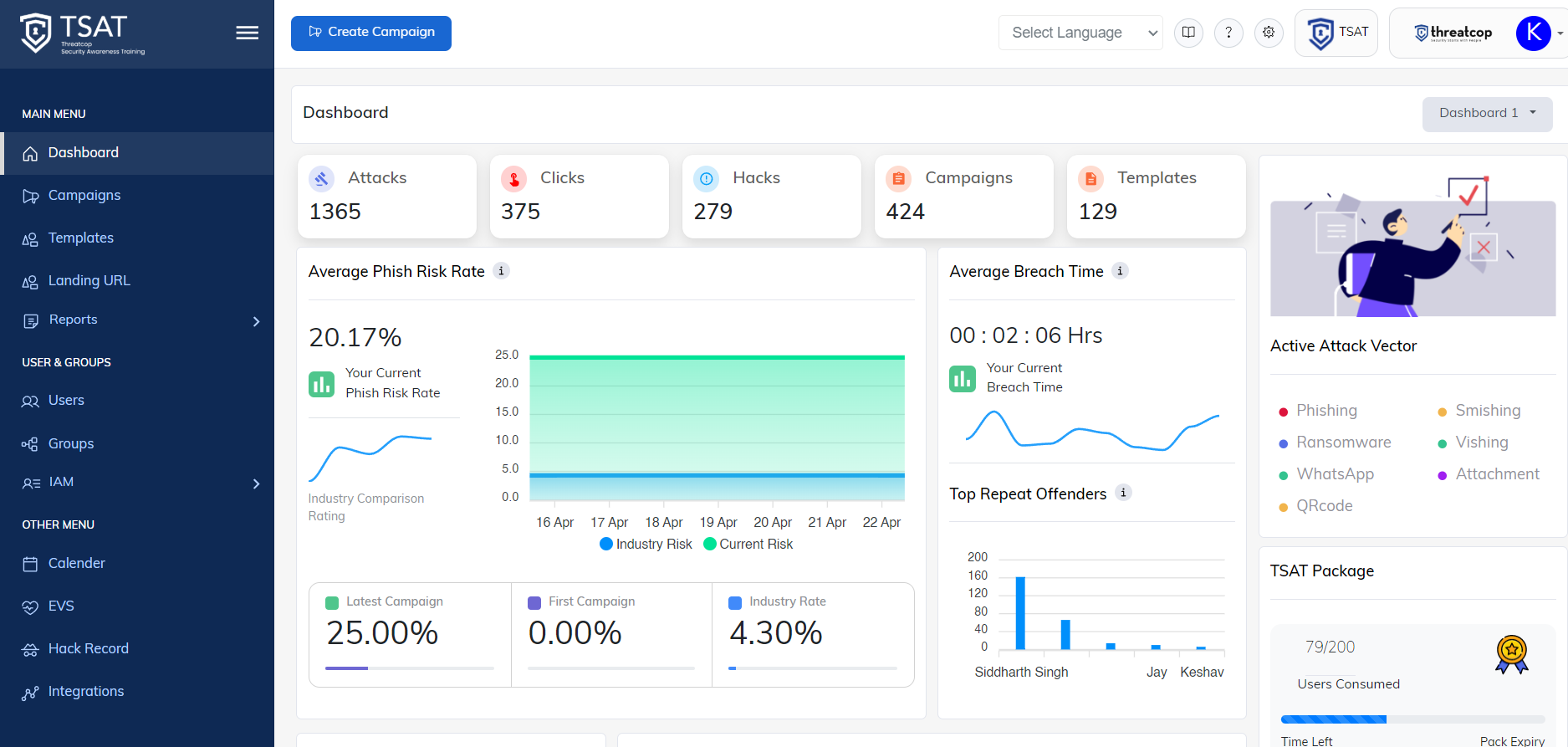The $100 Million Mistake: When Facebook and Google Fell for a Simple Phishing Scam
Table of Contents
ToggleBetween 2013 and 2015, two of the world’s biggest tech giants—Facebook and Google—were scammed out of over $100 million by a single attacker who simply sent well-crafted phishing emails.
How?
An employee at each company unknowingly approved fake invoices and made transfers to fraudulent accounts controlled by a Lithuanian cybercriminal posing as a legitimate vendor.
The attacker didn’t hack a firewall or breach a server. He just tricked people.
Despite their sophisticated cybersecurity stacks, it took just one person at each company. One email. One click.
This wasn’t a technology failure—it was a people failure.
And that’s the greatest blind spot in modern cybersecurity:
The human layer of defense.
But can we really blame them?
Source: CNBC
Why the Board Must Own This Conversation
As cyberattacks become more sophisticated, board members can no longer leave employee awareness to CISOs alone.
Regulators, insurers, shareholders, and even courts are beginning to hold boards accountable for cybersecurity negligence—especially when preventable human error is involved.
You don’t need more firewalls—you need more aware people in your organization.
That’s where People Security Management (PSM) comes in.
What Is People Security Management?
People Security Management (PSM) is a board-level strategy that empowers employees to become your strongest line of defense.”
It moves beyond one-time training and outdated awareness programs by providing:
- Real-time employee risk scoring
- Behavioral change through gamified learning
- Simulated attacks that prepare—not punish
- Instant threat reporting tools for every staff member
In short: It transforms cybersecurity behavior.
The Real Risk: Employees Are Still Your Weakest Link
Over 90% of cyberattacks start with human error – IBM X-Force Threat Intelligence
Average cost of a data breach in 2023: $4.45 million – Ponemon Institute
Your firewall won’t save you when an employee shares their password, clicks a malicious link, or ignores a security warning.
And when breaches happen, the board is asked one question:
“What did you do to prevent this?”
Why PSM Is the Right Investment for the Board
Financial Protection
PSM reduces the likelihood of breaches caused by employees, protecting the company from multi-million-dollar losses, penalties, and legal fallout.
Regulatory Compliance
PSM supports global standards like GDPR, ISO 27001, NIST, PCI DSS and upcoming regulations that emphasize employee awareness and accountability.
Cyber Insurance Leverage
Insurers are increasing premiums and denying claims where companies lack proactive human risk mitigation.
What PSM Looks Like in Action (For the Board)

- Quarterly Risk Reports showing improvement in employee behavior
- Real-Time Dashboards tracking phishing simulations, breaches, and training completion
- Company-Wide Cyber Resilience Scores you can present in board meetings
- Reduced Incidents due to ongoing engagement and training
This isn’t about installing another tool. It’s about creating a culture of cyber vigilance, starting from the intern to the C-suite.
No More Tick-Box Awareness.
Traditional “cyber awareness” campaigns are outdated and ineffective.
People Security Management is proactive, measurable, and scalable. It protects your human layer the way a firewall protects your network.
“The biggest risk to your organization is not the hacker—it’s the employee who isn’t prepared.”
Final Word to the Board: If You Don’t Act, You Own the Risk
Cyber risk is no longer a technical issue—it’s a boardroom issue.
The next breach could cost your company millions—or cost you your position.
By implementing People Security Management, you’re not just training employees—you’re protecting the business, its future, and your fiduciary responsibility.
What to Do Next
- Ask your CISO for a People Security Risk Assessment
- Add PSM to your cybersecurity governance dashboard
- Partner with trusted platforms like Threatcop to deploy People Security at scale
Want to See How PSM Works in Real Organizations?
Request a Live Threat Simulation & Risk Assessment → [Book Demo]
